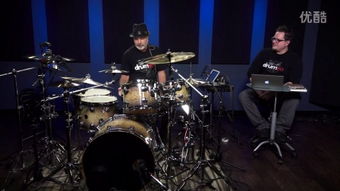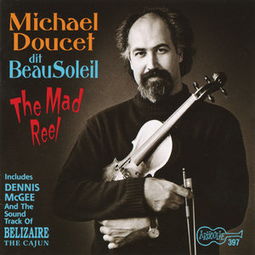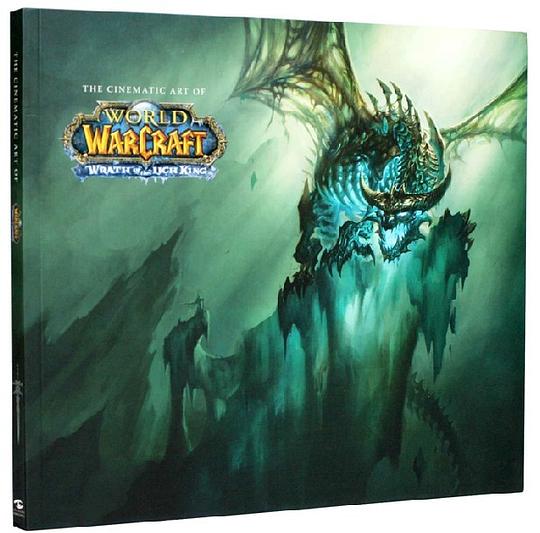Content:
Fishing with ripe corn is a traditional and effective method that has been passed down through generations. It is particularly popular among anglers who are looking for a sustainable and eco-friendly way to fish. Ripe corn not only attracts a variety of fish species but also ensures a more abundant catch. In this article, we will discuss the techniques and tips for fishing with ripe corn to help you master this age-old skill.
Choosing the Right Corn
The first step in fishing with ripe corn is to select the right corn. Look for corn that is plump, juicy, and free from any mold or spoilage. Fresh corn is ideal, as it is more likely to attract fish. If you cannot find fresh corn, you can use canned corn, but make sure to drain it thoroughly and rinse it with fresh water before using it as bait.
1 Fresh Corn vs. Canned Corn
Fresh corn has a distinct advantage over canned corn in terms of its effectiveness as bait. Fresh corn is more appealing to fish because it has a more natural and appealing smell. Additionally, fresh corn is more nutritious, which can be a significant draw for fish. However, if fresh corn is not available, canned corn can still be a viable option as long as it is properly prepared.
2 Size and Shape
The size and shape of the corn also play a crucial role in its effectiveness as bait. For most fish species, corn that is about the size of a grain of rice or slightly larger is ideal. The shape of the corn is not as important as its size and freshness.

Preparing the Corn
Once you have selected the right corn, it is important to prepare it properly. Here are some tips to help you prepare the corn for fishing:
1 Soaking the Corn
Soaking the corn in water for a few hours or overnight can help make it more appealing to fish. The water will help the corn absorb some of the nutrients from the water, making it more nutritious and attractive to fish.
2 Peeling the Corn
Peeling the corn can help make it more visible to fish and may increase its effectiveness as bait. However, this step is optional and depends on personal preference.
3 Cutting the Corn
Cutting the corn into smaller pieces can make it easier for fish to bite and increase its surface area, which can make it more visible to fish. However, be careful not to cut the corn too small, as this can reduce its effectiveness as bait.
Choosing the Right Fishing Gear
To successfully fish with ripe corn, you need to choose the right fishing gear. Here are some tips to help you select the appropriate equipment:
1 Rod and Reel
Choose a rod and reel that is suitable for the type of fish you are targeting. For most fish species, a medium-heavy rod and reel with a good drag system is ideal.
2 Line and Leader
Use a monofilament line with a thickness of 6 to 12 pounds, depending on the size of the fish you are targeting. A 3 to 4-foot leader made of fluorocarbon or monofilament can help reduce visibility and protect your line from abrasion.
3 Hooks
For fishing with ripe corn, use a #6 to #10 hook, depending on the size of the corn and the fish you are targeting. A wide-gap hook is ideal for corn bait, as it allows the corn to fit securely and reduces the chances of it falling off.
Fishing Techniques
Now that you have the right equipment and prepared your corn, it is time to apply some fishing techniques to increase your chances of a successful catch:
1 Casting and Lining
When casting, aim for a spot where you have seen fish activity. Once the line is in place, let it sink to the desired depth. For corn bait, a slow and steady retrieve is often effective.
2 Adjusting the Bait
As you fish, pay attention to how the corn is moving in the water. If you notice that the corn is not moving as effectively, adjust your retrieve speed or try changing the direction of the line to simulate a more natural movement.
3 Patience and Observation
Fishing with ripe corn requires patience and observation. Keep an eye on your line and be prepared to set the hook quickly when you feel a bite. Also, pay attention to the weather and water conditions, as these factors can affect the fish's feeding behavior.
In conclusion, fishing with ripe corn is a skill that can be mastered with practice and attention to detail. By selecting the right corn, preparing it properly, choosing the right fishing gear, and applying effective fishing techniques, you can increase your chances of a successful catch. So, get out there and enjoy the art of fishing with ripe corn!












